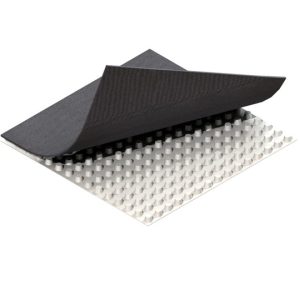Battery Capacity Tester: Essential Tool for Accurate Power Measurement
本身
html
Battery Capacity Tester: Essential Tool for Accurate Power Measurement
In today’s world, where portable electronic devices dominate our daily lives, understanding battery performance is crucial. A battery capacity tester has become an indispensable tool for professionals and enthusiasts alike who need to measure and analyze battery power accurately.
What is a Battery Capacity Tester?
A battery capacity tester is a specialized device designed to measure the actual capacity of a battery by discharging it under controlled conditions. Unlike simple voltage testers, these devices provide comprehensive data about a battery’s health, including:
- Actual capacity in mAh (milliampere-hours) or Ah (ampere-hours)
- Discharge rate
- Voltage under load
- Estimated remaining capacity
Why You Need a Battery Capacity Tester
Accurate battery measurement is essential for several reasons:
- Device reliability: Knowing your battery’s true capacity helps prevent unexpected power failures.
- Performance evaluation: Compare different batteries or track degradation over time.
- Safety: Identify weak or potentially dangerous batteries before they cause problems.
- Cost savings: Avoid premature replacement of batteries that still have usable capacity.
Types of Battery Capacity Testers
Modern battery testers come in various forms to suit different needs:
1. Standalone Testers
These are dedicated devices with LCD displays that show detailed battery information. They’re ideal for professional use and frequent testing.
2. USB Testers
Compact devices that plug between a USB power source and device, perfect for testing power banks and small batteries.
3. Multifunction Testers
Combine capacity testing with other functions like internal resistance measurement and charge cycle counting.
How to Use a Battery Capacity Tester
While specific instructions vary by model, the general process involves:
- Connecting the battery to the tester
- Setting the appropriate discharge parameters
- Initiating the test cycle
- Monitoring the results
- Analyzing the data
Always follow manufacturer guidelines and safety precautions when testing batteries, especially lithium-ion types which can be hazardous if mishandled.
Choosing the Right Battery Capacity Tester
Consider these factors when selecting a tester:
- Battery types supported: Ensure it works with your specific battery chemistry (Li-ion, NiMH, lead-acid, etc.)
- Capacity range: Must cover your battery sizes
- Accuracy: Look for devices with ±1% or better accuracy
- Features: Additional functions like data logging or computer connectivity
- Build quality: Durable construction for long-term use
Investing in a quality battery capacity tester pays dividends in better device performance, longer battery life, and improved safety. Whether you’re a professional technician, DIY enthusiast, or just someone who relies heavily on battery-powered devices, having accurate battery measurement capability is invaluable in our increasingly mobile
Keyword: Battery Capacity Tester


